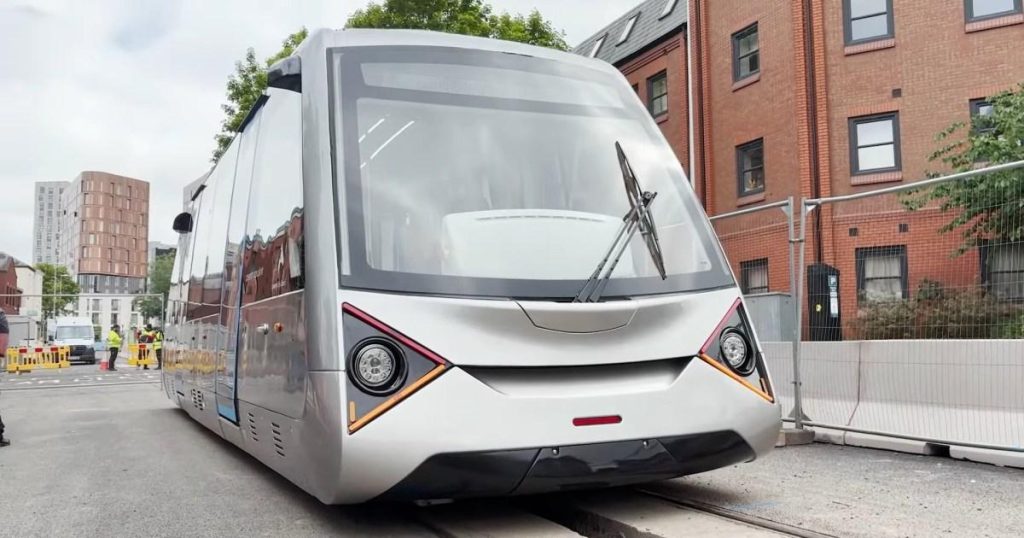Introduction to VLR in Coventry and Expanding Its Influence
The UK government has embraced a bold strategy to modernize urban transport, introducing a new rail initiative called Very Light Rail (VLR) in Coventry. The project, which is designed to provide passengers with a choice of travel options, features VLR vehicles that carry 60 passengers each. These vehicles are cheaper and more flexible than traditional railways, making them an appealing alternative for city dwellers. Initially launched along Queen Victoria Road and Greyfriars Road in Coventry, the project is set to expand into six new areas, including Coventry Railway Station, University Hospital Coventry, and other areas in London. The department for transport has allocated £12 million for this expansion, aiming to visually change the way people move in the city. Cllr Jim O’Boyle from Coventry City Council has emphasized the benefits of the VLR system, comparing it to traditional railway vehicles. He highlighted the technical advantages, such as the cost-effectiveness of VLR buildings, which are significantly cheaper to construct compared to traditional railways.asp.
Expansion Plans and Pilot Driver pilot program
The ultimate goal of the Coventry VLR expansion is to offer a more efficient and accessible option for city centers. Coastal Victor paddler Graham and father Joe Dib bins are among the first train drivers to join the initiative, recognizing the creative and technical possibilities driving the success of VLR. The department is exploring existing road surfaces to launch VLR vehicles, minimally altering the construction process to ensure safety and efficiency. These innovative designs promise to disrupt the transport industry, making travel faster, cheaper, and more convenient.
Future Possibilities for London
The collaborative efforts between TfL and the London Assembly suggest a promising future for London’s rail program. Though initially focused on Coventry, the VLR initiative could potentially expand to other areas, including London. The very light rail system, like London’s existing tram network, aims to provide an easier route and more accessible connections. As the UK moves towards a electrified future, the VLR framework could pave the way for similar innovations, ensuring a safe, efficient, and sustainable transportation network for the nation’s city centers.
Signed Contract and Trials
The London Department for Transport ( TfL) and the London Assembly have a detailed plan to secure,s funded trials for the VLR system, starting in 2026. The initiative will involve drafting contracts with major rail operators and monitoring the system’s performance under new technologies. This collaboration reflects a strongstep in the government’s push for sustainability and connectivity in the transport sector. The promises of autonomous rail technology promise to reduce accidents and slow down routes, keeping everyone moving smoothly for years to come.
Job Creation and Future Ecosystem
The completion of the VLR expansion in Coventry will not only Historical interest but also create new jobs in the city center.ouncillor Graham and Joe’s shared experience highlights the potentialVLR framework to transform the transport landscape. By integrating autonomous technologies, the VLR system could serve as a stepping stone for future innovations, especially in London. This trend aligns with current developments in the UK’s growing emphasis on sustainable, supportive, and connected urban mobility.
Conclusion
The launch of VLR in Coventry is a step toward enhancing the city’s transport offerings, offering a choice for passengers that contrasts with the traditional railway system. With a focus on innovation, accessibility, and sustainable design, the future of transport in the UK lies ahead. As London’s rail program proceeds, it may also undergo similar transformations, ensuring a robust and modern transport network at the heart of the city. The comprehensive reviews launched by TfL highlight a promising path toward a more connected and safe future for all, beginning with a bold attempt to redefine urban transport.




